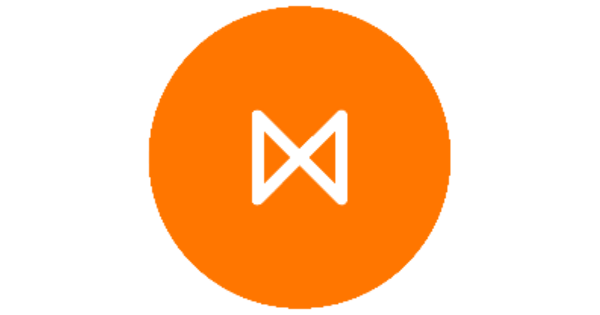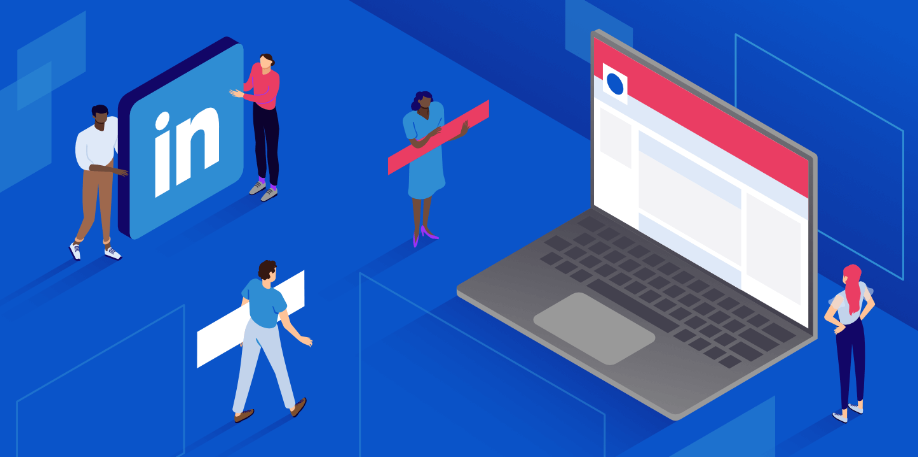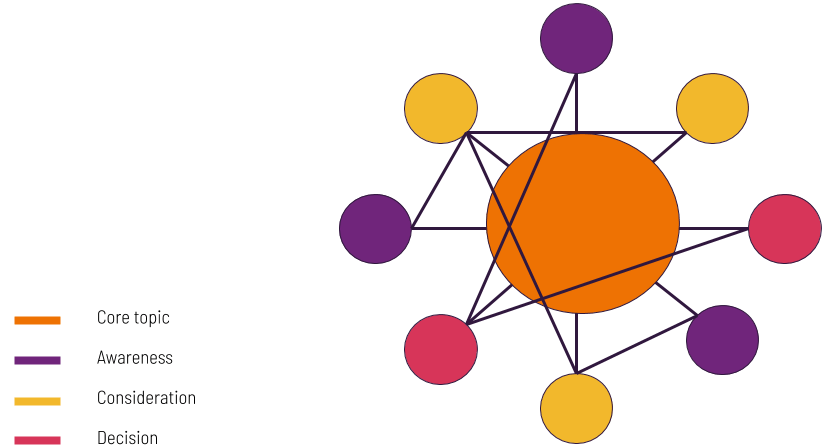Sally Illingworth is a communications, marketing and influencer strategist who has become one of Australia’s most prominent media and business experts on LinkedIn. We were lucky to chat with her in the very first episode of Metigy’s Forward Thinking podcast (you can listen to the full podcast episode here) and have condensed her wisdom below.
Listen now: How to get 14 million views in less than 12 months with Sally Illingworth
As a teenager, Sally was working in a food retail industry – a pizza shop in the NT. But working within a franchise system led Sally to feel constrained by the marketing limitations. Since then, her focus has been on telling her story. As Sally says, “I was always marketing myself and my career progression”.
When Sally stumbled across LinkedIn, she decided to play with video content without a clear objective in mind. She got sucked into the algorithms, trying to figure out how they worked, how consumers on the platform started to behave and respond, and what content made people tick.
With the goal of solving communication conundrums for clients, she has personally clocked up over 14 million organic content views on LinkedIn in less than 12 months. The average engagement rate was 2.76%, earning her the title of LinkedIn Majesty.
LinkedIn has become a major player in the content sphere in the last 12-18 months as more people began publishing content and more readers started turning to LinkedIn for content from independent contributors.
Being in its infancy, Linkedin offers plenty of opportunities for organic reach to small businesses or entrepreneurs— something we’re seeing less and less of on other platforms.
And now, let’s take a deep dive into Sally’s top tips to get ourselves a share of some of the royalties LinkedIn offers.
Pimp my profile

Audit your own expertise

Content is King. Or Queen.

Work at it

LinkedIn legends

Tool yourself

- Metigy for social media management
- Mailchimp for CRM
- InShot – a great video app particularly for those small business owners or entrepreneurs who want to get started in the video space with next to zero budget. It allows you to add logos, etc.









